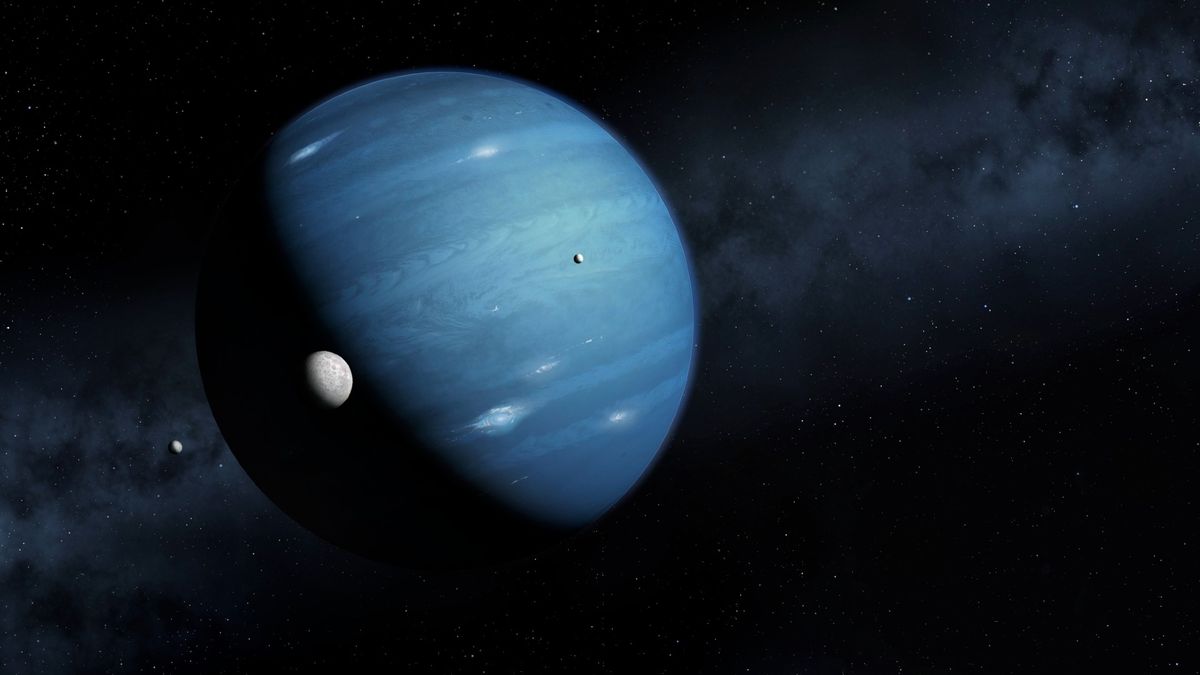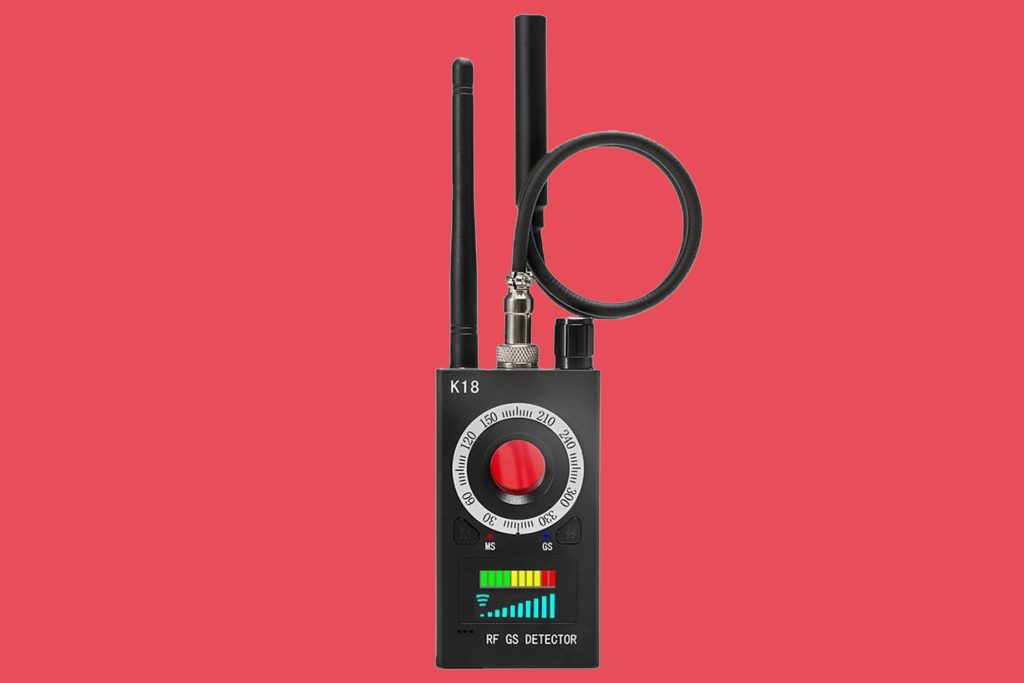Now Reading: New Evidence Rekindles Debate Over Mysterious Planet 9
-
01
New Evidence Rekindles Debate Over Mysterious Planet 9
New Evidence Rekindles Debate Over Mysterious Planet 9

Rapid Summary
- Planet Nine,a hypothesized planet proposed in 2016,could explain the unusual bunching of Kuiper Belt objects’ orbits. It is speculated to be more massive than Earth and located up to 1,120 astronomical units (AU) away from the Sun.
- A team led by astronomer Terry Long Phan identified a potential candidate for Planet Nine by analyzing infrared data from two surveys: IRAS (1983) and AKARI (2006). The object appears to have moved between these observations over 23 years.
- If the candidate object is indeed Planet Nine, it would likely be larger than Neptune but smaller than Saturn and exhibit important brightness in mid-to-far infrared wavelengths compared to visible light.
- Challenges remain due to uncertainties surrounding its orbit and current position. Follow-up studies using tools like the Dark Energy Camera are planned for confirmation.
- Speculation regarding how such a remote planet formed includes gravitational scattering or capture as a rogue celestial body during early solar system formation.
Image caption: A comparison of positions between IRAS’s data (left image) and AKARI’s observation (right image).
!Potential Planet Nine Candidate
Indian Opinion Analysis
The discovery of evidence supporting Planet Nine ties into humanity’s pursuit of understanding its cosmic environment through advanced technology like infrared telescopes. This process demonstrates scientific persistence across decades while leveraging collaborative datasets spanning nations-such as Taiwan’s National Tsing Hua University and tools developed by Japan Aerospace Exploration Agency.
For India, advancements like this underline opportunities in building indigenous satellite missions specializing in deep space exploration alongside leveraging cooperation globally beyond geopolitical implications fostering neutral insight-sharing scenarios keeping dialogue channels intact




























